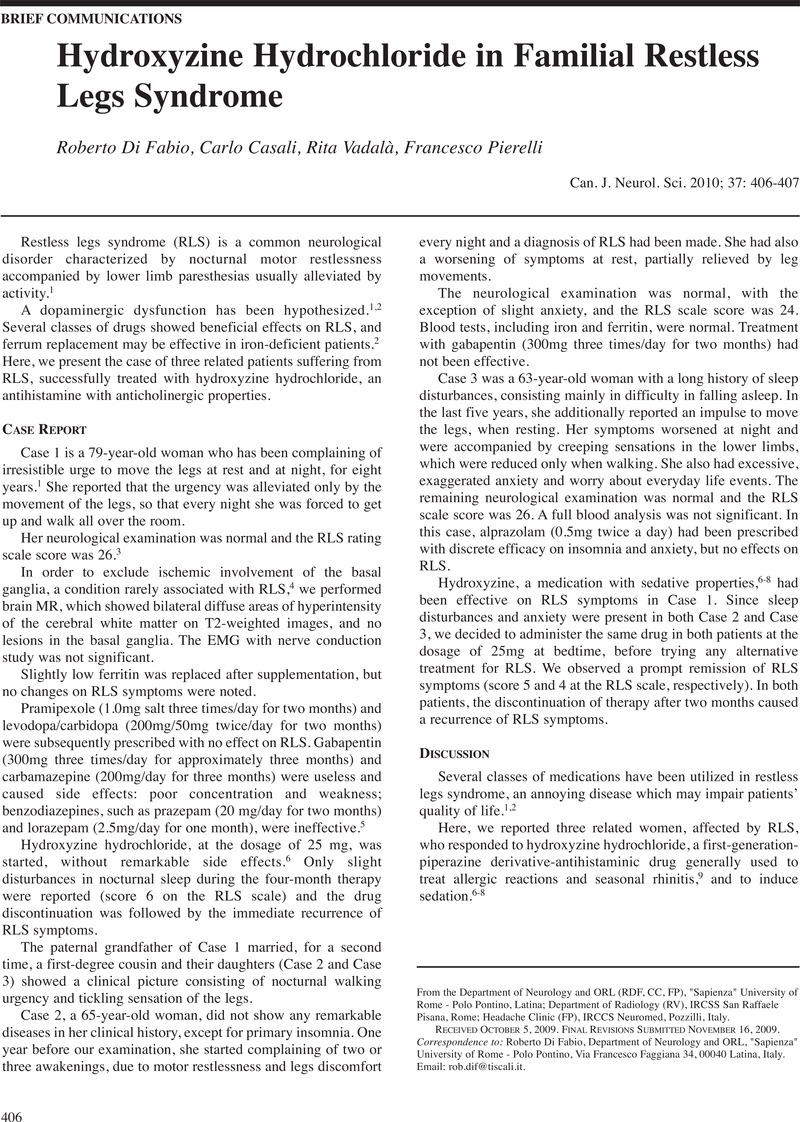Crossref Citations
This article has been cited by the following publications. This list is generated based on data provided by Crossref.
Oldham, Mark A.
and
Lee, Hochang B.
2017.
Restless Legs Syndrome/Willis Ekbom Disease.
p.
21.
Chance Nicholson, W.
and
Pfeiffer, Kate
2021.
Sleep Disorders and Mood, Anxiety, and Post-Traumatic Stress Disorders.
Nursing Clinics of North America,
Vol. 56,
Issue. 2,
p.
229.





